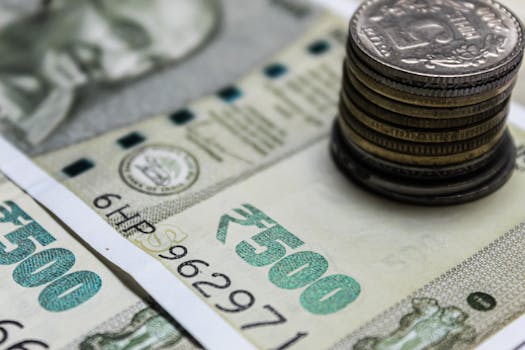Health Care

Vi Set to Benefit from Rs 40,000 Cr Cash Flow Relief: How Government Intervention Boosts Telecom Sector
In a significant move aimed at bolstering the financial health of Vodafone Idea (Vi), the Indian government has announced the conversion of Rs 36,950 crore in spectrum dues into equity. This decision is expected to offer Vi substantial cash flow relief amounting to over Rs 40,000 crore over the next three years, significantly improving its financial stability and competitive positioning in the market[1][2][3]. The government's support comes as a timely intervention to address Vi's long-standing financial challenges, including high debt and diminished cash reserves.
Government Support: A Lifeline for Vodafone Idea
The decision to convert Vi's spectrum dues into equity is part of the government's broader telecom reforms package announced in September 2021. This strategic move not only provides financial relief to the telco but also increases the government's stake in Vi to approximately 48.99%, making it the largest shareholder. Despite this increased stake, the operational control of the company will remain with the current promoters—Vodafone and the Aditya Birla Group[1][4].
Impact on Financial Stability
The conversion of spectrum dues to equity is projected to reduce Vi's net debt by nearly 18%, providing crucial breathing room in terms of financial obligations. Analysts at Citi estimate that Vi's spectrum dues for pre-2021 auctions, which were initially set to be Rs 11,000 crore, Rs 25,000 crore, and Rs 25,000 crore over FY26, FY27, and FY28 respectively, will now be significantly reduced to Rs 500 crore, Rs 5,000 crore, and Rs 15,000 crore[1][3]. This substantial reduction translates into over Rs 40,000 crore in cash flow relief, which will be instrumental in helping Vi navigate its financial challenges and focus on strategic investments in network infrastructure and 5G rollout[2][3].
Benefits Beyond Financial Relief
Beyond the immediate financial benefits, this government intervention is likely to boost investor confidence and sentiment around Vi. The ongoing launch of 5G services in select cities like Mumbai is expected to arrest subscriber losses and improve Vi's competitive standing against market leaders Reliance Jio and Bharti Airtel[2][4]. However, despite these positive developments, structural concerns about Vi's long-term sustainability remain, as the company faces challenges in raising additional capital and expanding its network to match the scale of its competitors[3][5].
Structural Challenges Persist
While the government's move offers significant relief, experts caution that it does not eliminate the need for Vi to undertake tariff hikes and invest heavily in capital expenditure (Capex). To become a sustainable player in the telecom market, Vi will need to boost its average revenue per user (ARPU) significantly, potentially to over Rs 380 by FY28, up from the current Rs 163[3]. This increase is crucial to meet annual payment obligations to the government and fund a substantial jump in capex necessary to maintain market share[2][3].
Market Reactions and Future Outlook
The news of the government's intervention has been well-received by investors, with some analysts expecting Vi's stock price to rise by 30-35% in the near term[2]. However, long-term success will depend on Vi's ability to launch 5G services effectively, manage subscriber churn, and meet its financial obligations while expanding its network capabilities[5].
Conclusion
The conversion of Vi's spectrum dues into equity marks a significant turning point for the telco, offering substantial cash flow relief and renewed hope for its financial recovery. While challenges persist, this government support positions Vi better to compete in the highly dynamic and competitive telecom sector, where investments in technology and network infrastructure are crucial for long-term viability.
Key Highlights:
- Government Support: The government is converting Rs 36,950 crore in spectrum dues to equity, providing over Rs 40,000 crore in cash flow relief over three years.
- Increased Government Stake: The government's stake in Vi will rise to 48.99%, up from 22.6%, making it the largest shareholder.
- Operational Control: Vodafone and Aditya Birla Group will retain operational control despite reduced stakes.
- Financial Impact: Vi's net debt will reduce by 18%, easing financial pressure.
- 5G Rollout: Ongoing 5G services launch in cities like Mumbai aims to improve sentiment and arrest subscriber losses.
- Structural Challenges: Vi still needs significant tariff hikes and increased capex to remain competitive.
Long-Term Viability
For Vodafone Idea to turn into a sustainable telecom player, addressing these structural challenges is paramount. This includes:
- ARPU Increase: Boosting ARPU to meet financial obligations and fund capex.
- Capex Expansion: Investing heavily in network infrastructure to compete with peers.
- Market Share Retention: Implementing strategies to maintain market share against strong competitors.
By addressing these challenges, Vi can capitalize on the government's support to not only stabilize its financials but also enhance its market position and competitiveness in the Indian telecom sector.




















